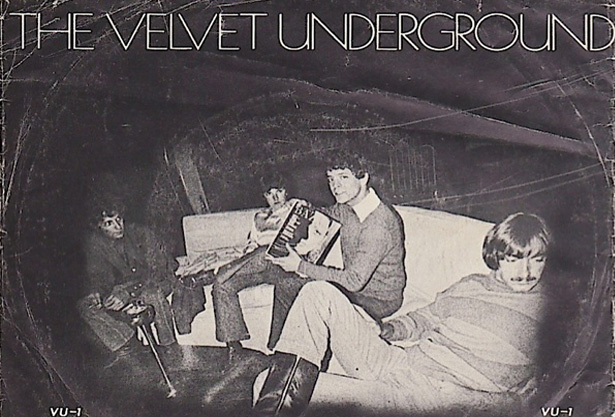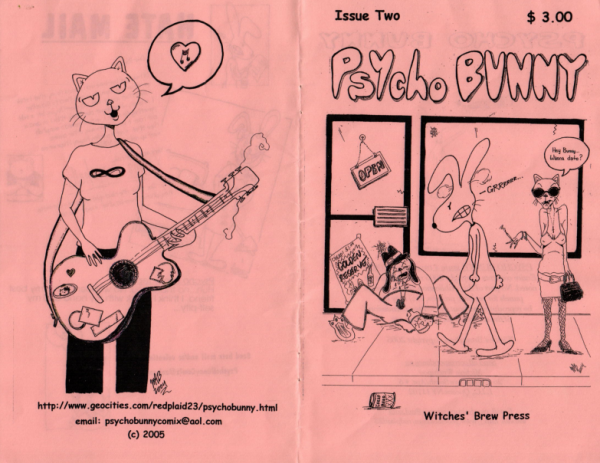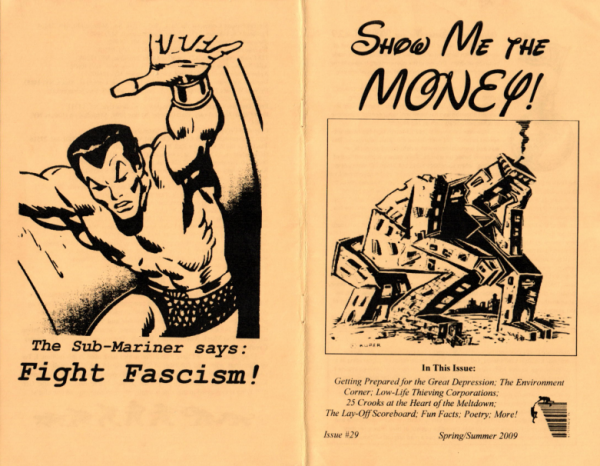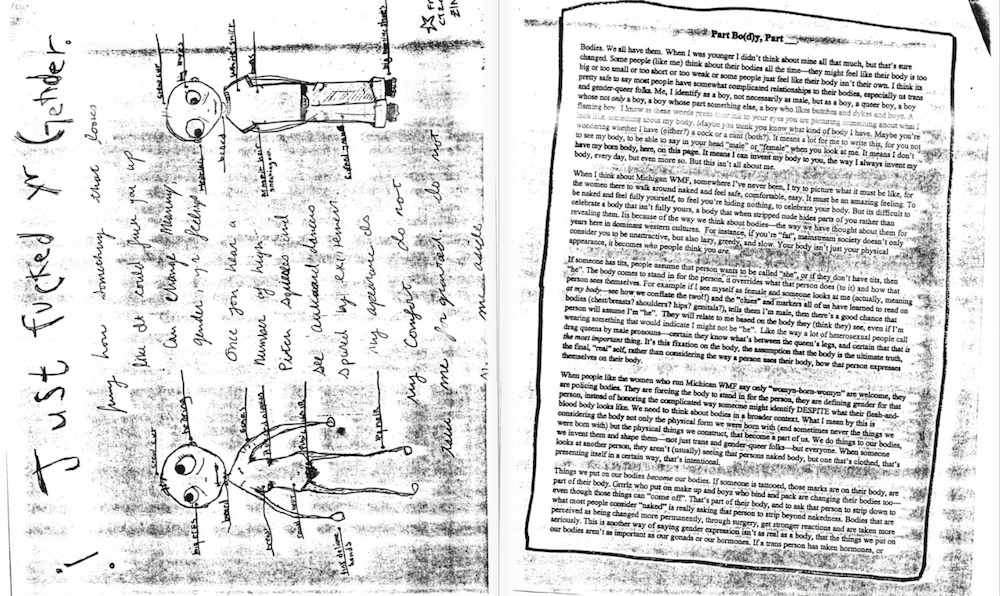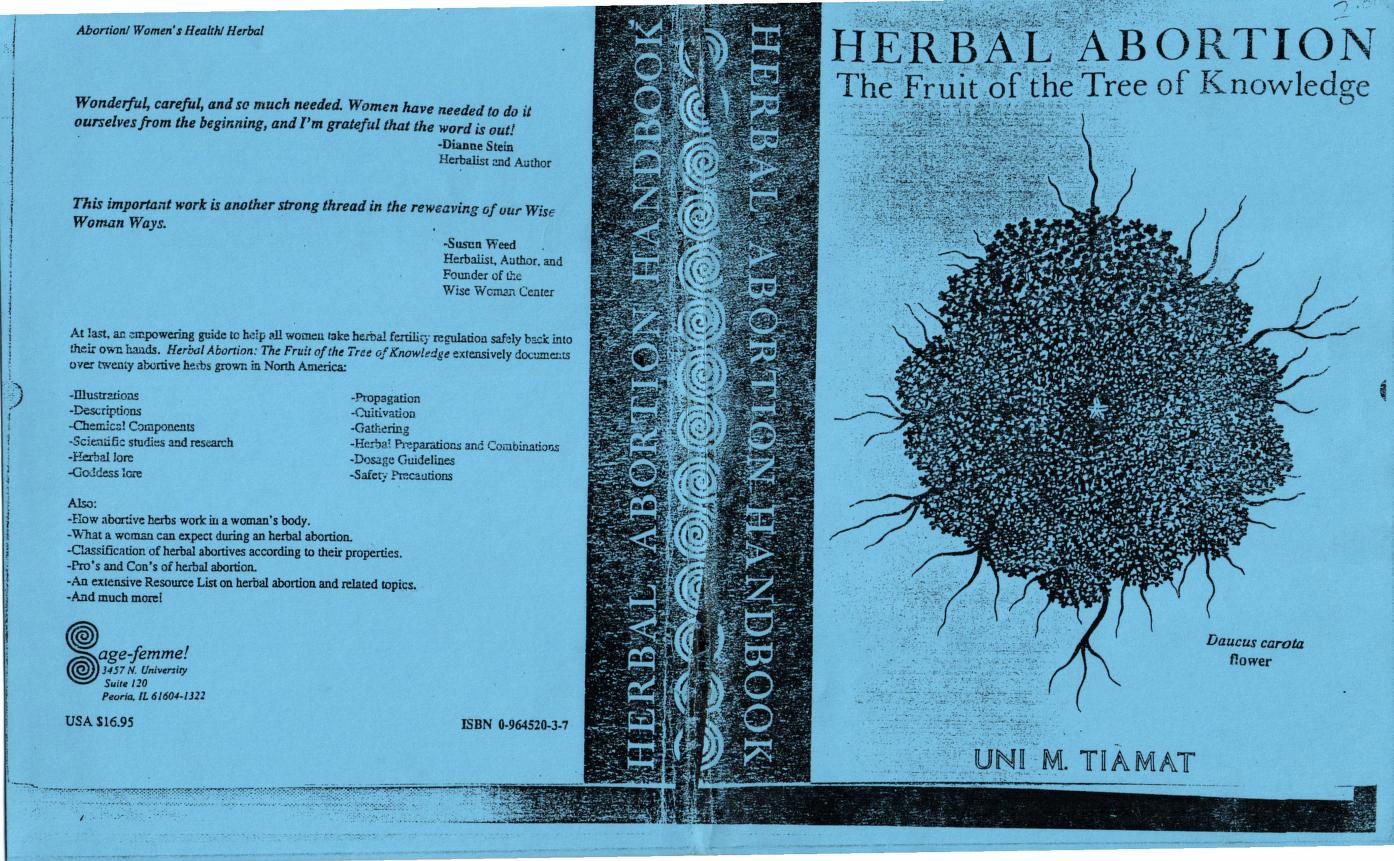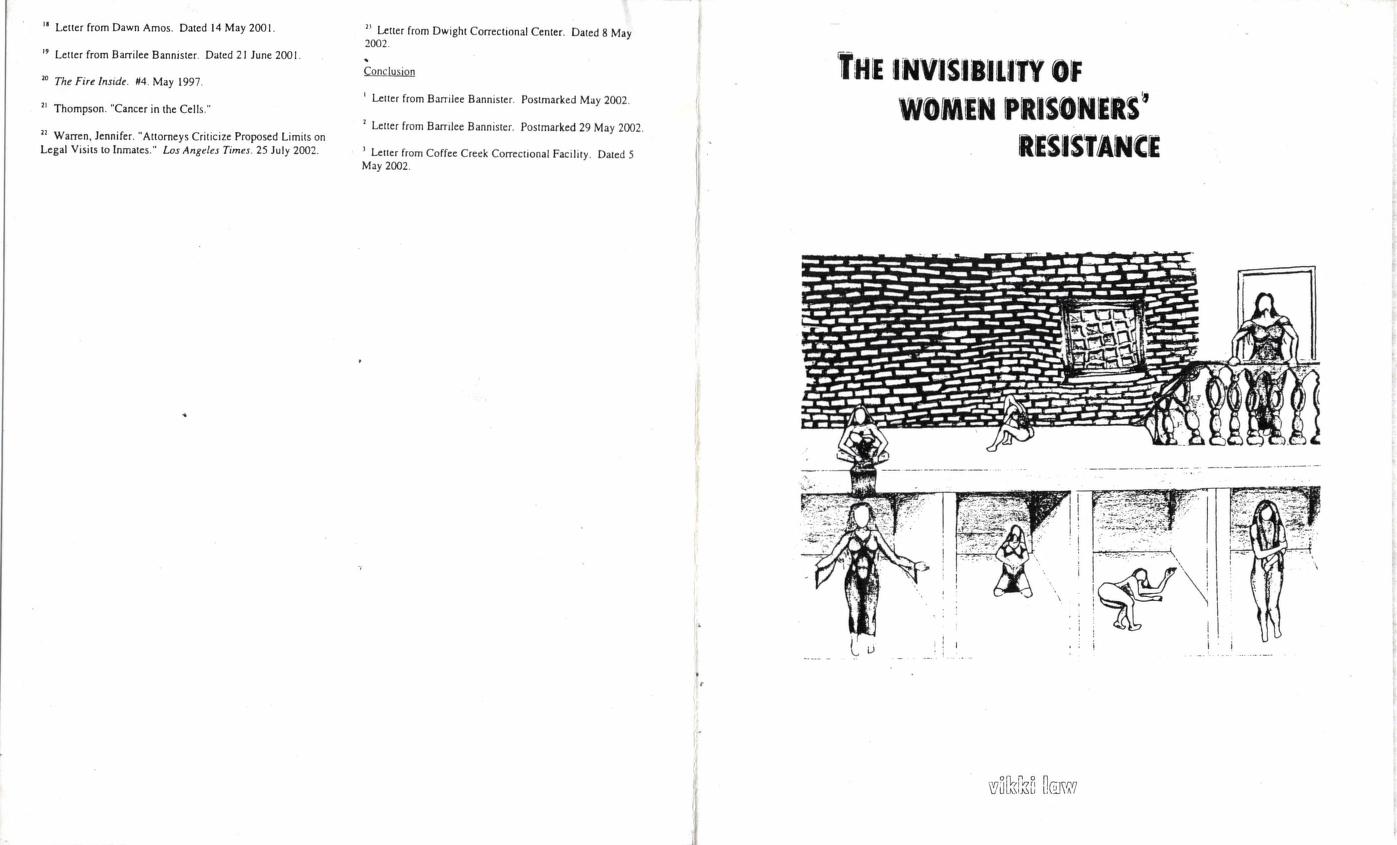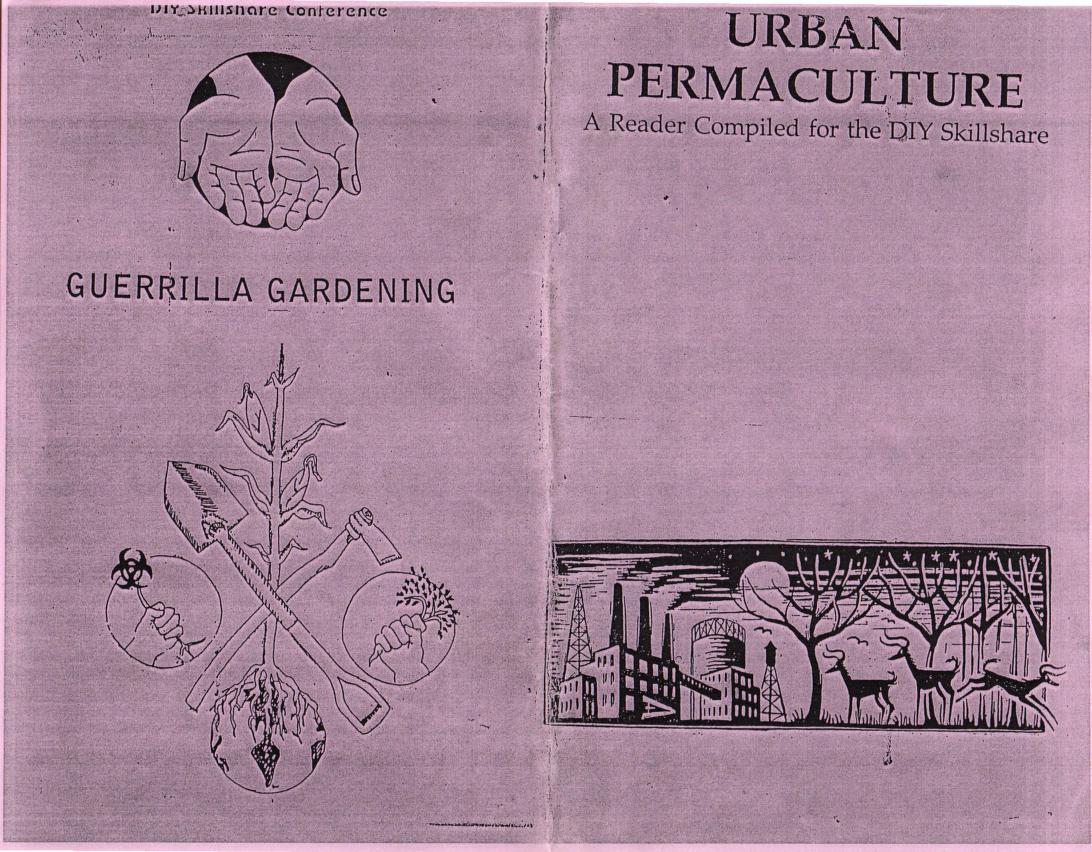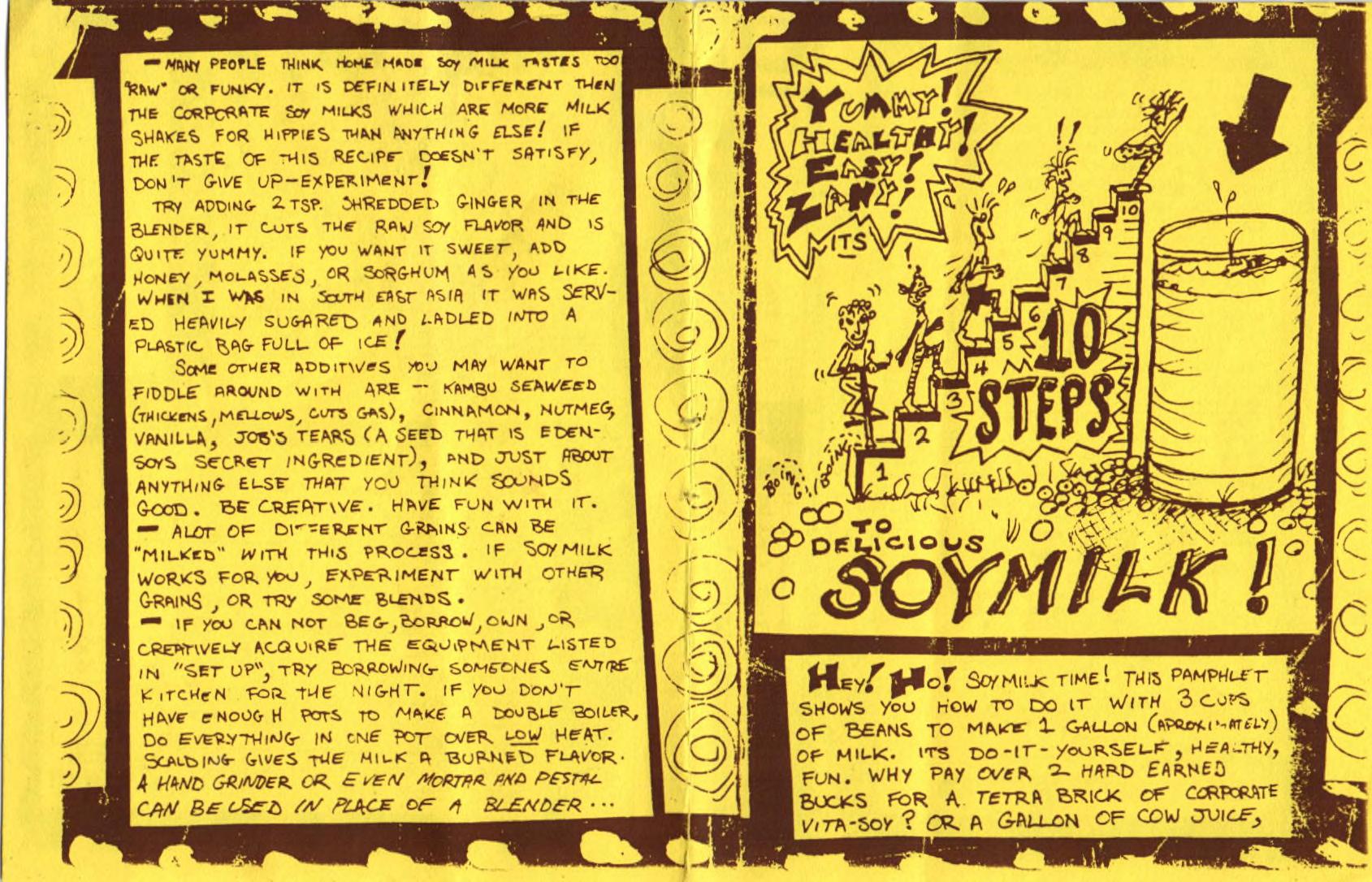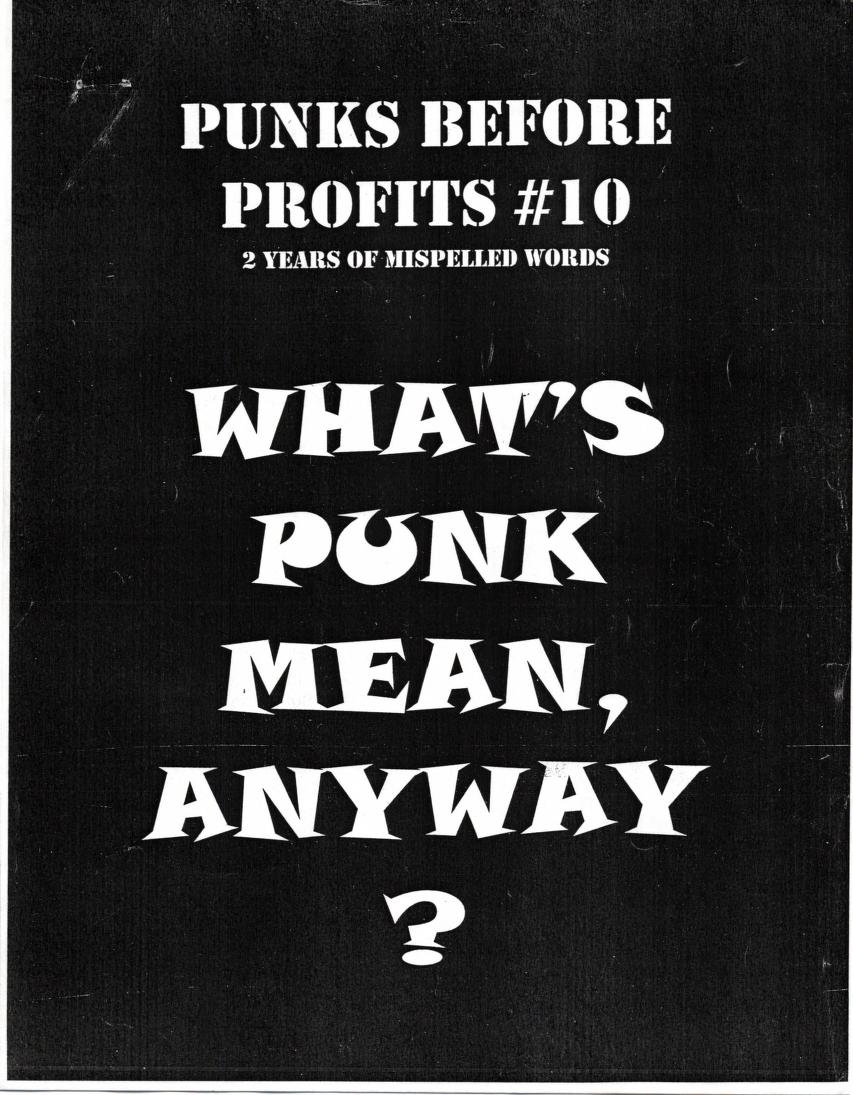
Image by Emily, via Wikimedia Commons
If you’ve taken any introductory course or even read any introductory books on music, you’ll almost certainly have heard it described as “organized sound.” Fair enough, but then what do you call disorganized sound? Why, noise of course. And all this makes perfect sense until your first encounter with the seemingly paradoxical but robust and ever-expanding tradition of noise music.
“Modern ‘noise music’ finds its roots in early electronic and industrial musics,” says Static Signals, which used to review a lot of the stuff. “Where composers began expanding their vocabulary of sound and instrumentation is where the concept of ‘noise’ begins: what sounds can produce music and which are purely static or noise? For some, music’s outer boundary is defined by western European classical instruments designed hundreds of years ago and the sounds, pitches, rhythms they can (classically) produce. For others, no sound, rhythm, tone, or pitch is off limits; music can be made by anything that can vibrate air.”
The development of electronic musical instruments — and indeed, any kind of sound-manipulating electronic device — came as a great boon to this exploration of the borderlands between organized and disorganized sound. You can hear the effects of that sort of technology and much else besides in An Anthology of Noise and Electronic Music, a seven-part anthology released by formidable Belgian experimental music label Sub Rosa, all of it available on Spotify (whose software you can download here if you need it). The first two volumes are embedded above; all seven volumes can be streamed via the links below. If you dig the collection, we’d encourage you to purchase your own copy and support Sub Rosa’s project.
- An Anthology of Noise and Electronic Music #1 (Spotify playlist) features John Cage, Iannis Xenakis, DJ Spooky, and Sonic Youth (Buy on Amazon)
- An Anthology of Noise and Electronic Music #2 (Spotify playlist) features Captain Beefheart, Percy Grainger, Sun Ra, and (Eraserhead’s sound genius) Alan R. Splet (Buy on Amazon)
- An Anthology of Noise and Electronic Music #3 (Spotify playlist) features Faust, Merzbow, and Carsten Nicolai with Alva Noto (Buy on Amazon)
- An Anthology of Noise and Electronic Music #4 (Spotify playlist) features Gyorgy Ligeti, Steve Reich, and the Loop Orchestra (Buy on Amazon)
- An Anthology of Noise and Electronic Music #5 (Spotify playlist) features Pere Ubu, Dub Taylor, and Li Chin Sung aka Dickson Dee (Buy on Amazon)
- An Anthology of Noise and Electronic Music #6 (Spotify playlist) features Sachiko M, Pain Jerk, Henry Cowell, and Ultraphonist (Buy on Amazon)
- An Anthology of Noise and Electronic Music #7 (Spotify playlist) features Tziga Vertov, Cabaret Voltaire, Novi_sad — and, to end the anthology, a piece both anonymous and untitled (Buy on Amazon)
To the noise music-uninitiated — and probably even to a few of the initiated — some of the tracks here will sound like music, and some certainly won’t. But most of them fall fascinatingly in-between the two states, ideally expanding the listener’s conception of the sonic territory music can explore. Some musical experiments, just like scientific experiments, point in more fruitful directions than others, but each one sheds a little new light on the musical enterprise itself. And “the noise,” to take the words straight from Sub Rosa themselves, “goes on…”
Related Content:
The Music of Avant-Garde Composer John Cage Now Available in a Free Online Archive
Hear the Experimental Music of the Dada Movement: Avant-Garde Sounds from a Century Ago
Hear Albums from Brian Eno’s 1970s Label, Obscure Records
The History of Electronic Music in 476 Tracks (1937–2001)
Hear Seven Hours of Women Making Electronic Music (1938- 2014)
How the Moog Synthesizer Changed the Sound of Music
Based in Seoul, Colin Marshall writes and broadcasts on cities, language, and style. He’s at work on a book about Los Angeles, A Los Angeles Primer, the video series The City in Cinema, the crowdfunded journalism project Where Is the City of the Future?, and the Los Angeles Review of Books’ Korea Blog. Follow him on Twitter at @colinmarshall or on Facebook.
